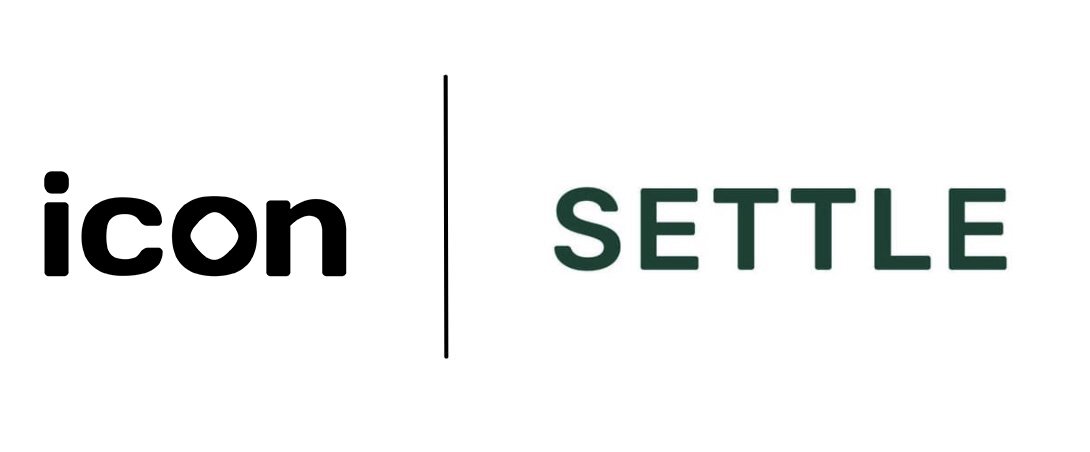Alek Koenig is the Founder & CEO of Settle, an accounts payable tool that helps eCom teams streamline cash flow, automate B2B transactions, and eliminate tedious vendor payments.
Settle recently closed a $60 million Series B round led by Ribbit Capital and has partnered with over 500 merchants since launch, including brands like Huron, Brightland, Branch, and Italic.
We sat down with Alek to discuss his non-negotiables for choosing investors, how founders can navigate alternative capital providers, and how he leveraged his network to land customers.
“Settle provides both transparency and flexibility to the financing we offer so founders can focus on managing their business operations. But there’s much more we want to accomplish. Right now, we’re just scratching the surface.”
Going Zero to One: Networking Into Early Users
As Alek puts it, the Settle team truly started from zero and started out trying to sell to brands directly, in hopes of acquiring their first batch of customers who might set things in motion.
However, cold emails and LinkedIn messages fell flat, especially because the company hadn’t built up a client portfolio or trusted brand identity. So, Alek then pivoted to connecting with investors, advisors, and trusted members of the networks surrounding Settle’s target user.
Once proactive networking opened those doors, the first flow of clients was inbound, leading gradually to the team’s current flywheel and a positive feedback loop of consistent referrals.
According to Alek, most of these consumers became day-to-day users and, more importantly, product evangelists for Settle because they were often lean brands who had no finance teams and thus had to outsource to accounting and finance firms to get by.
But, much more than saving a few hours of labor per week, Settle was able to financially streamline and shift these early businesses in a new direction for the better.
In this sense, the Settle growth story illustrates that networking can be a critical tactic for your brand’s zero-to-one growth, but will also likely fall flat on its face if your product can’t deliver on the added value it promises.
By properly executing both prongs of the strategy, Settle has been able to grow entirely by word of mouth with little-to-no sales or marketing budget required.
“From a customer acquisition lens, we’ve been incredibly fortunate. We work with about 500+ brands who’ve all come from active networking and word of mouth.”
DTC Primer: Alternative Capital Providers
When asked how early-stage DTC teams should navigate selecting an alternative capital provider, Alek provided a number of actionable recommendations and cautionary tales.
Due Diligence Before Decision Making
Alek advises speaking to as many providers as possible early on in order to best understand your range of options.
Generally, if you’re pre-revenue, it will likely be difficult to acquire debt from providers. Instead, Alek recommends going the route of raising equity for R&D, building out a team, etc.; achieving product-market fit; and then purchasing and converting inventory into revenue.
Once a brand has attained a predictable cash flow, raising equity becomes secondary to the fact that it can finally begin introducing debt to its capital structure.
Later on, as a brand matures to the point of courting VCs and other investors, in Alek’s words, one should raise as little cash as they need under the best possible terms. After all, VC money is easily the most costly form of capital that should only be utilized when truly necessary.
Meanwhile, for more repeatable operations such as marketing or inventory, you should stick to utilizing debt in order to keep a larger portion of your hard-built company down the line.
When a Provider’s Too Good to Be True
In terms of red flags to be wary of throughout the search process, Alek advises exercising caution in order to not enter a situation with onerous terms out of desperation for capital.
More specifically, tactics such as personal guarantees and warrants should be a sign to steer clear. While the former may have been an industry norm two decades or so ago, they’re now broadly unnecessary and present the risk of personal liability if projected outcomes go south.
Meanwhile, the latter can quietly result in a greater dilution; however, if the warrant at hand presents a sustainable solution with a low cost of capital, it could potentially be worthwhile.
In this vein, certain solutions such as financial covenants, which are usually high-risk, can be promising if your company has an experienced team on deck that can vet terms and agreements, as well as a much stronger certainty in where it’ll stand a few years down the line.
“As an emerging brand, you often just don’t know what the future will hold. So, when it comes to navigating financing options, I recommend doing your due diligence and playing it safe. Don’t need to risk it all for some quick capital.”
Choosing His Investors: Partners First
When it came to raising venture funding for Settle, Alek points out that once his team had established product-market fit, they began shifting their focus towards building positive investor relationships — long before the company was in need of financing or looking to raise a round.
After all, you’ll be hard-pressed to find a VC who’ll sign checks to teams they barely know or who are likely approaching them with tunnel-vision focus on the money.
It’s a long-term mentality that Alek recommends to any founder that might raise venture in the coming years.
In the process of raising a seed round, the Settle team made a list of target firms with whom they’d already formed connections and underwent a tight, two-week process jam-packed with meetings, diligence requests, and follow-ups.
They eventually landed on Founders Fund to lead their seed round, not because they offered the highest valuation, but because of the deal partner they’d be working with day-to-day who could offer key connections and actionable guidance within the fintech and commerce ecosystems.
When it came to building out the rest of the cap table for that seed round, Alek followed a similar practice: focusing on individuals who’d cut small checks while still opening doors.
In Alek’s words, that meant influencers with deeper experience in B2B SaaS or eCom, advisors to brands they admired who could broaden fundraising connections or something else entirely that could generally sharpen their strategy and expand user reach within a short time horizon.









